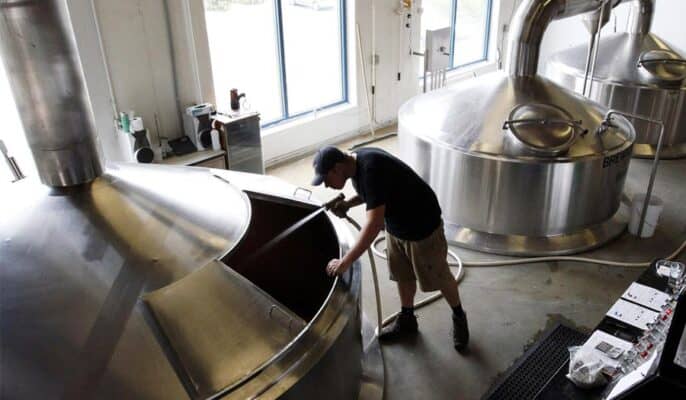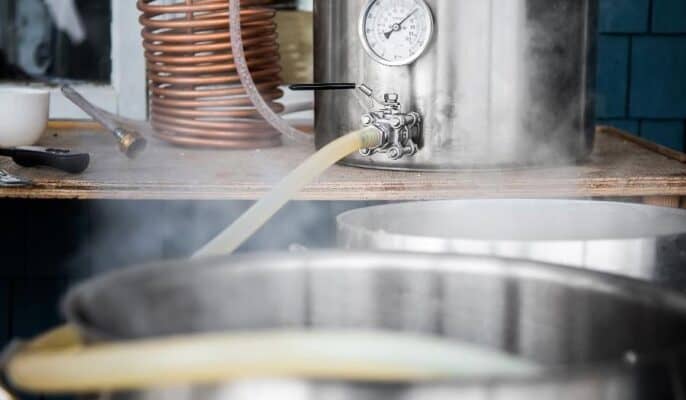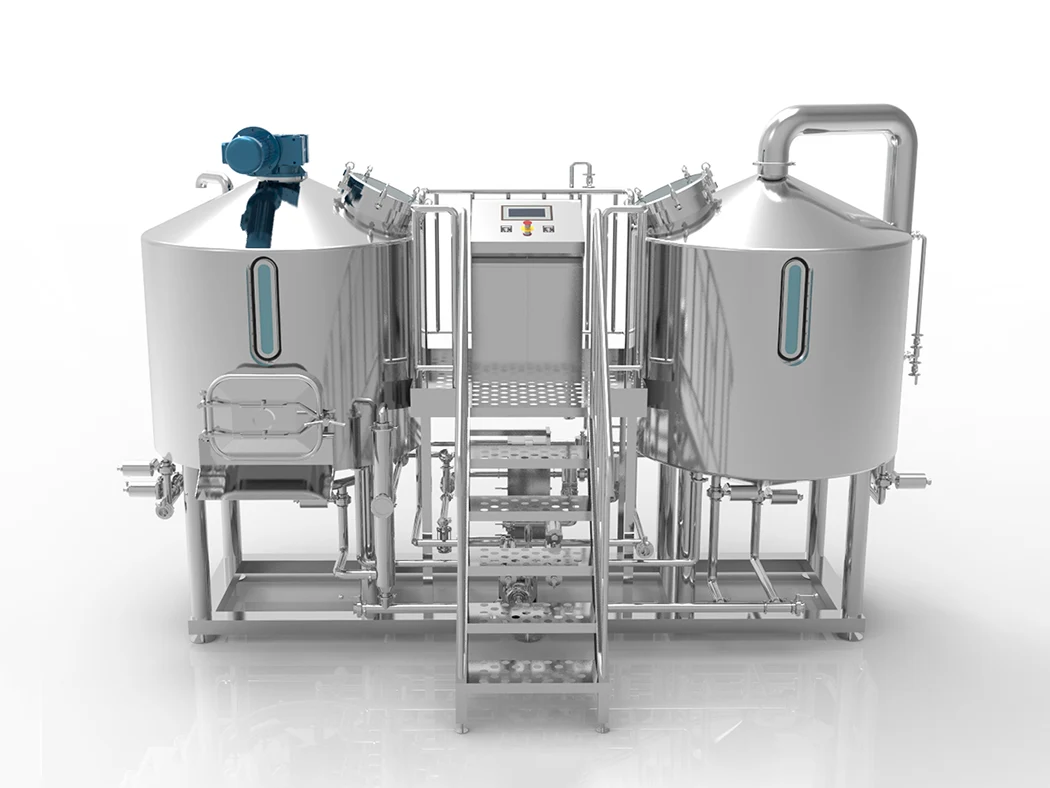The use of steam is an important part of the brewing process and brewery function. Well-managed use of high-quality steam is an important factor in the efficient production of quality products. Steam heating is a common method used in breweries. The process uses steam generated by boiling water to transfer heat to the liquid. The process has many uses, including wort boiling, tank heating, and cleaning. Having the right solution can make or break your brewery process.
How do breweries use steam boilers?
An important aspect of the brewing process is temperature control. Brewers must specify temperature levels to ensure that the various ingredients in the beer, such as grains, hops, yeast, and water, react in a certain way. To a large extent, this controlled reaction determines the flavor type of beer.
Brewers check and manage the temperature levels of the boiler to heat the water to a precise temperature. Since there are many variables at play in this process, such as the desired flavor and amount of water, the amount of steam required varies from batch to batch. During this process, the brewery sometimes needs a lot of steam at certain times and not as much at other times. This is one of the reasons why many craft breweries and small breweries prefer small modular boilers for their brewing process.

What is the role of a steam boiler in a brewery?
Brewery boiler systems help with sanitization and sanitation
Steam boilers contribute more to the craft beer process than heating ingredients. There’s also the matter of cleaning and sanitizing the tools and equipment used in brewing, including mash tuns, Brite tank fermenters, and more. Steam is the best way to kill spores and bacteria that may linger on critical brewing equipment.
Steam system helps clean barrels
Also to cleaning the equipment used to brew beer, steam is also important for cleaning the equipment used to transport beer (i.e. kegs). If the keg is not cleaned, the hard-brewed beer can be contaminated with impurities that can alter the taste of the beer. Steam pressure is an ideal method for cleaning and sanitizing craft beer kegs before they are put into kegs for shipping. The same goes for distilleries, which are facilities that rely on steam during the distillation process.
Boiling wort: steam, electric, direct fire
Steam heating
Steam offers key advantages over other methods during the wort boiling process. For example, steam generators used in the brewing process can also be used during cleaning and sanitizing operations. Steam also has the fastest kettle heating rate due to shear surface area contact, which is a great advantage when dealing with variable temperature requirements. Using steam allows for better temperature control, perfect for fine-tuning the brewing process.
Electric heating
Breweries may must 300-500 amps or more to power an electric brewery. Because these requirements are not yet standardized across the country, brewers who use electricity to mash wort must ensure their licenses, power service upgrades and infrastructure are compliant before beginning operations. This may must many resources.
Direct heating
This method of boiling involves installing a gas burner on the outside of the kettle. The flame from this burner heats a diffuser or deflector in the firebox below the kettle. One of the advantages of this method is the reduced risk of scorching. Additionally, direct fire allows brewers to have greater control over the rate of temperature increase compared to electric heating.
Benefits of using steam heating in the beer making process
Consistent temperature control
Steam heating provides precise temperature control, which is essential for brewing. For example, by using steam to heat wort, the temperature can be kept at a constant level, ensuring a consistent and reliable brewing process.
Efficient and rapid heating
Steam is an effective and fast heating method, ideal for breweries. It boils the wort , which helps extract largest flavor and aroma from hops and other ingredients.

Energy efficiency
Steam heating is very energy efficient because it requires less energy to generate heat than other heating methods. This is because steam can be produced at high temperatures, allowing it to transfer heat to the wort and .
Versatility
Steam can be used for a variety of purposes during the brewing process, including heating, cleaning, and sterilizing. This makes it a versatile and efficient tool for brewers, as it can be used for many tasks without having to switch between different heating methods.
Improve product quality
Steam heating ensures a precise and controlled brewing process, helping to produce consistent product quality. This helps avoid changes in taste and aroma that could affect the quality of the final product.
Reduce cleaning and maintenance costs
Steam heating systems are easy to clean and maintain, which helps reduce the costs associated with cleaning and maintenance. This is because steam can be used to clean tanks and equipment, removing any residue or buildup without the use of harsh chemicals.
Improve security
Steam heating systems are safe to use because they do not produce flames or sparks that could ignite flammable liquids or gases. This makes them a safer option compared to other heating methods.
Choosing the right steam boiler for your brewery
A steam boiler is an important part of any brewery or winery when it comes to brewing and cleaning. Whether you are looking for a high pressure or low pressure steam boiler for your rig, Micet has a boiler system that meets your needs. Micet boilers also solve many of the same problems for breweries, allowing brewers to save space and fuel costs while still providing steam on demand.




